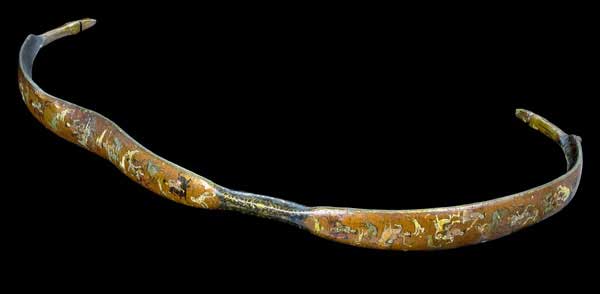Bow
Bows are used by Archers, Assassins, Scouts, Druids with the Ranger archetype, and in militia battlegames.
Bows
From the Rulebook
Weapon Types, Shields, and Equipment Melee · Shields · Projectiles · Bow · Siege Weapons · Other Equipment
For information on arrows, see Ammunition.
In Real Life
A bow is a weapon that projects arrows powered by the elasticity of the bow. As the bow is drawn, energy is stored in the limbs of the bow and transformed into rapid motion when the string is released, with the string transferring this force to the arrow. Bows are used for hunting and sport (target shooting), and as a weapon of war.

The technique of using a bow is called archery. Someone who makes bows is known as a bowyer, and one who makes arrows a fletcher. Together with the atlatl and the sling , the bow was one of the first ranged weapons or hunting tools which used mechanical principles, instead of relying solely on the strength of its user.
The development of gunpowder, muskets, and the growing size of armies (and their consequent demand for less-trained levies) slowly led to the replacement of bows as weapons of war, supplanted by firearms, which were simpler for conscripts to learn and use, causing bows to be relegated to sport and hobby use.
Regardless of its other construction, the basic elements of a bow are a pair of curved elastic limbs, typically of wood, connected by a string. By pulling the string backwards the archer exerts compressive force on the inner section, or belly, of the limbs as well as placing the outer section, or back, under tension. While the string is held, this stores the energy later released in putting the arrow to flight. The force required to hold the string stationary when pulled is often used to express the power of a bow, and is known as its draw weight. A higher draw weight is associated with a more powerful bow, which is able to project arrows heavier, faster, or a greater distance.
In bows drawn and held by hand, the maximum draw weight is determined by the strength of the archer. The maximum distance the string could be displaced and thus the longest arrow that could be loosed from it, a bow’s draw length, is determined by the size of the archer. For bows drawn and held mechanically, the maximum draw weight was a matter of engineering. The mechanical force required to draw the string was mainly limited by the time required to do so.
Links
- make a bow from a sapling by Jon Jeffer